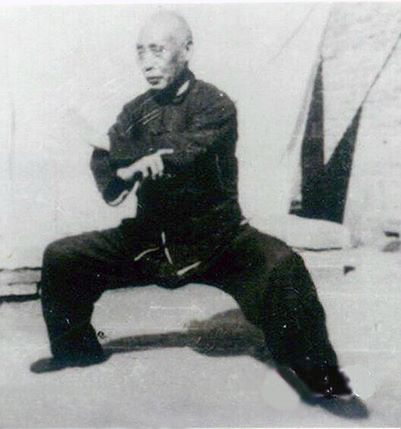Yīn and Yáng Fist – Part 1

The principle of Tàijí 太極 has two parts, one part is Yīn 陰 and the other part is Yáng 陽. Although we sometimes only see one (thing), inside it there must be two parts – Yīn and Yáng, otherwise, it will not survive or not even exist.
In China, people who study martial arts say that Tàijíquán 太極拳 is a Yīn martial art, and Shàolín Quán 少林拳 is a Yáng martial art. If you compare them side by side, Tàijíquán is soft and gentle and Shàolín Quán is fast and strong. However, this does not mean that one is better than the other, they are both good. Some people say that Wǔdāng 武當 created Tàijíquán and so they say Wǔdāng Quán 武當拳 is Yin and Shàolín Quán is Yang. Again, it is true that Wǔdāng Quán is gentle and softer and Shàolín Quán is stronger and faster. However, the Tàijíquán we study today was created by Chen Wang Ting in Chénjiāgōu 陳家溝, Hénán 河南省. Any popular style of Tàijíquán, like Yáng 楊, Wú 吳, Wǔ 武 and Sūn 孫 all originate from Chénjiāgōu and so Tàijíquán is soft. In the Tse Qigong Centre, we have Chun Yuen Quán, which comes from the Shàolín Temple, and so is a Northern Shàolín Fist and it is Yáng. So in the Centre we have Yīn and Yáng Kung Fu.




Leave a Reply
Want to join the discussion?Feel free to contribute!